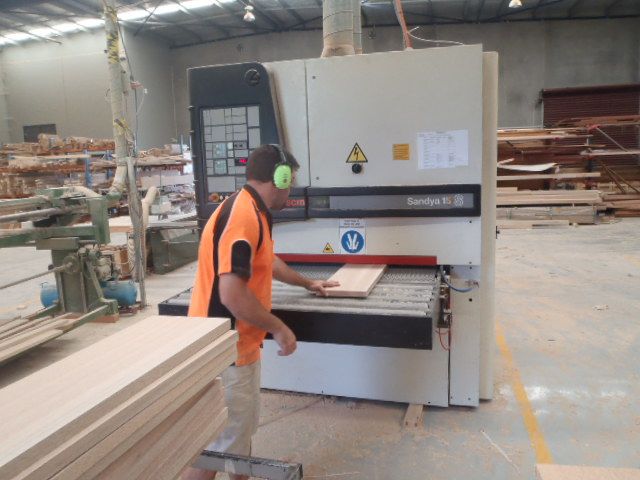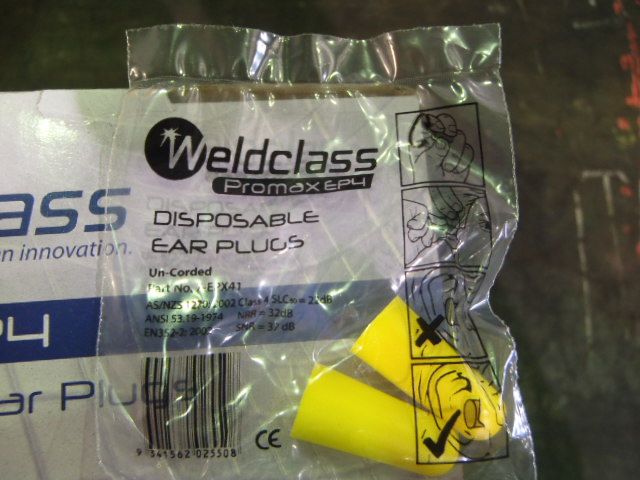Noise Regulations & Hearing Protection
The NSW noise regulations are defined under the Work Health and Safety Regulation 2011. The NSW Regulations outlines the exposure standard to noise as:
(a) LAeq,8h of 85 dB(A), or
(b) LC,peak of 140 dB(C).
When a worker’s daily expose exceeds one of the most common methods to reduce noise exposure is the use of Personal Hearing Protection (PHP). Other control measures may also be implemented within the workplace to ensure that the worker’s exposure does not exceed the standard. The order of controls that should be implemented are elimination, substitution, engineering controls, administrative controls and Personal Protective Equipment (PPE), known as Personal Hearing Protection (PHP). As elimination is not always possible a combination of the other control measures are most effective, including the use to Personal Hearing Protection (PHP).
The last control measure that should be implemented is Personal Hearing Protection (PHP) but in many noisy working environments it is the only short term control measure. Workplaces should develop a Hearing Protector Program that is suitable for all workers exposed. The Hearing Protector Program should include at least the selection of Personal Hearing Protection (PHP), information and training in the correct use of Personal Hearing Protection, how to maintain the Personal Hearing Protection and a Personal Hearing Protection maintenance schedule.
Personal Hearing Protection
Buying the right hearing protection is important to ensure that you are protecting yours hearing, but that you also can hear the environment around you and be aware of hazards such as approaching traffic or forklifts and the like.
In this instance, the ground maintenance crew currently ear either in-ear, over ear or custom fitted in-ear hearing protection.
Selection of Personal Hearing Protection
The selection of Personal Hearing Protection (PHP) is specific to each individual as there is no single best type of Personal Hearing Protection due to the variability in personal fit. The first factor in selecting the type of Personal Hearing Protection is one that will provide the required level of protection. Each type of Personal Hearing Protection is categorised by their class level based on the daily noise exposure as outlined in the table below.
| LAeq,8h dB(A) | Class |
|---|---|
| Less than 90 | 1 |
| 90 to less than 95 | 2 |
| 95 to less than 100 | 3 |
| 100 to less than 105 | 4 |
| 105 to less than 110 | 5 |
| 110 or greater | Requires specialist advice |
Types of Hearing Protection
The two most common types of Personal Hearing Protection used are foam in-ear plugs and over-ear muffs. The foam in ear plugs are considered to be the most comfortable Personal Hearing Protection for long term use and significantly reduce the noise levels that reach the ear drum. The major issue with this type of Personal Hearing Protection is that one size fits most meaning that it is not suitable for everyone. For this type of Personal Hearing Protection to be effective proper training needs to be provided in how to correctly wear them.
Ear muffs are most commonly used when the hearing protection required is intermittent throughout the workday (i.e. when using noisy equipment such as grinder, drop saw, etc.) and the workplace is not a continuously noisy environment. They are also readily available in a range of shapes and sizes to fit most people but not all.
The most important factors when selecting Personal Hearing Protection (PHP) are specific for each individual, choosing the appropriate class level and the type of Personal Hearing Protection that will provide the best protection for the tasks undertaken in the workplace.
For more information on noise testing and the selection of Personal Hearing Protection, please contact Safe Environments in Sydney & Melbourne.
Author: Stuart Lumsden

Email: info@SafeEnvironments.com.au
A Bachelor of Forensic Science in Applied Chemistry from the University of Technology, Sydney, Stuart is a Property Risk Assessor who specialises in the area of Asbestos and Hazardous Materials.



